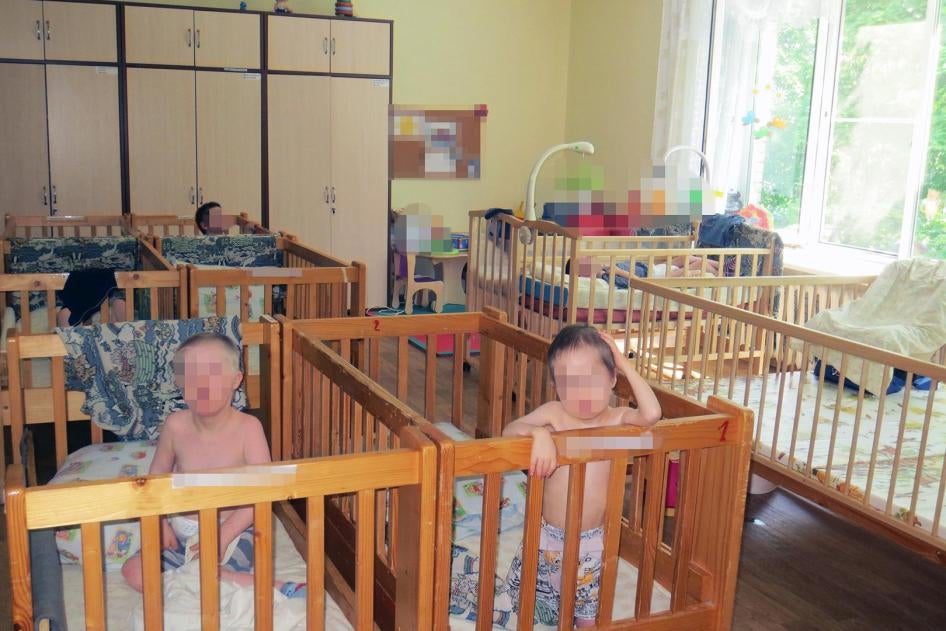My 4-year-old son came home from school as I was reading an article about the abuse of children with disabilities in orphanages. This time it was in Belarus. But I’ve seen it with my own eyes in Serbia, India, and Ghana.
“Their legs are toothpicks covered with skin,” the director of one Belarus orphanage put it. One 20-year-old weighed only 11.5 kilos (roughly 25 pounds). The images made me want to vomit. They reminded me of the photos my colleague took of children and young adults with disabilities in Russian orphanages, some as old as 18, still wearing diapers and lying in cribs, motionless and malnourished.
Although authorities in Belarus are investigating how these children and adults with disabilities ended up in this life-threatening condition and several orphanage directors were fired, it’s hard to grasp that such inhumanity could even happen in the first place.
My son, noticing my horror, curled up next to me and asked what I was working on. I explained that children with disabilities sometimes don’t get enough attention and care, so they are not able to walk or play or go to school like everyone else.
Then he asked: But why, Mama?
That’s precisely the question. Why is this happening in the 21st century? Why are these children viewed as less human than the rest of us? One of the doctors in Belarus even referred to the children saying, “there is no brain there.”
How do I explain this to my 4-year old?
I told him that children with disabilities, like all children, do best when they are cared for at home with their families, instead of in institutions or orphanages. But families often need help from their governments to do that.
Instead of investing in institutions, donors and governments should build up community-based services for children with disabilities and their families, such as inclusive schools and adequate health services. Governments should also support foster families and adoption. Advocates around the world are pushing for this, but progress has been excruciatingly slow.
I told my son that people should think about children and adults with disabilities as regular people who have the same rights as everyone else. That includes treating them with respect and kindness.
“Like the Golden Rule, Mama? Treat others like you want to be treated,” he said. If only it were that simple.








